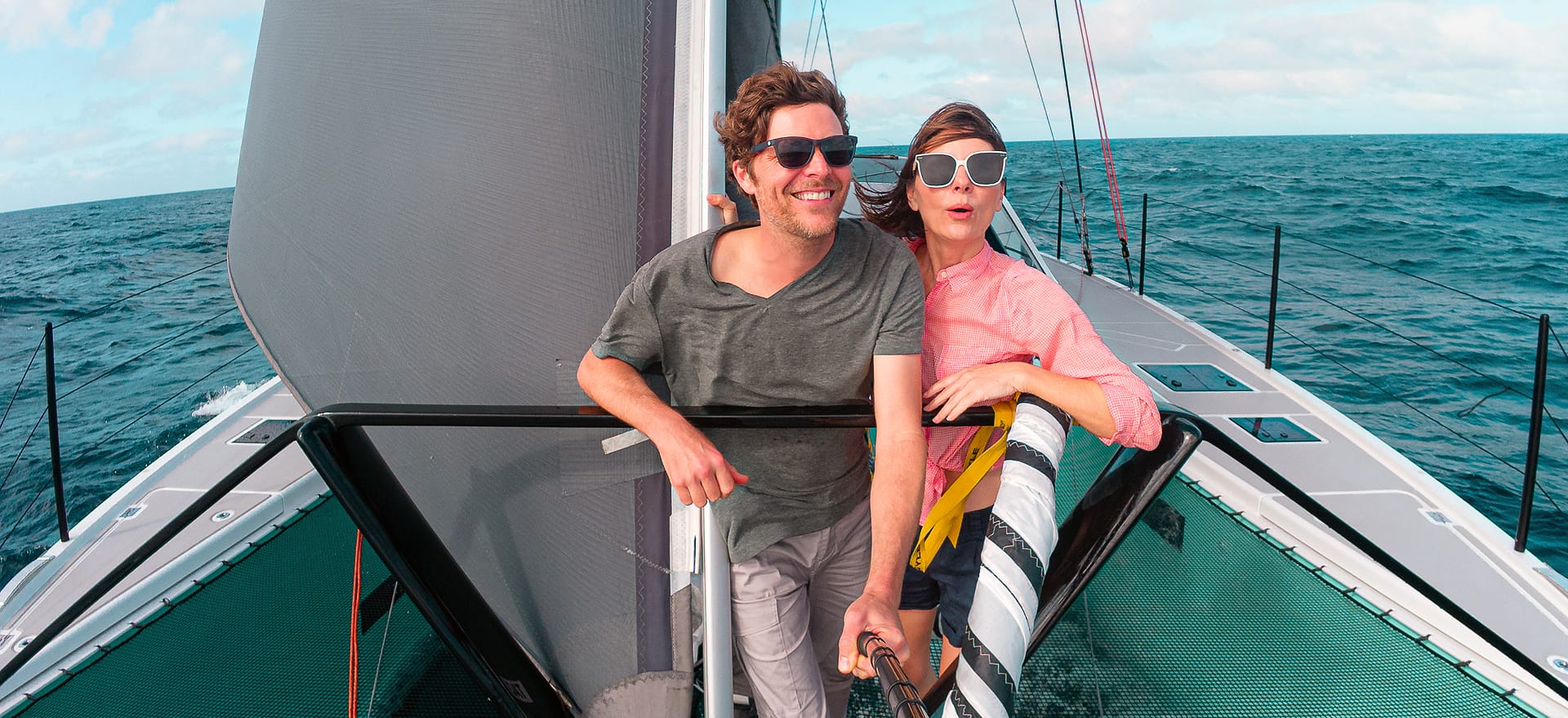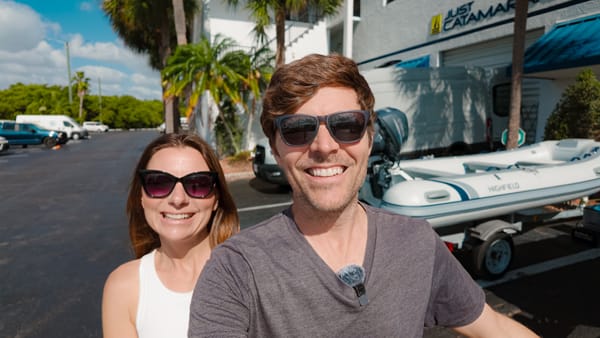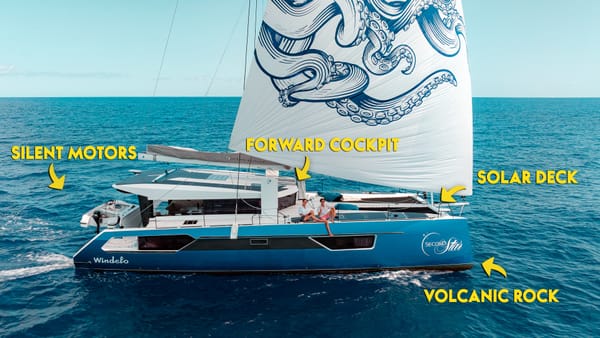

A couple of explorers, modern-day documentarians, and cultivators of curiosity.
HELLO
WE’RE JASON AND NIKKI WYNN. We’ve been chasing our curiosity around the world on wheels and keels since 2011. Why? Because curiosity is the key to unlocking life. It pushes us outside our comfort zone, softens our assumptions, and helps us embrace the great unknown.
The more we let our curiosity lead the way, the more we discover about ourselves and the world around us. Our journey is ever-evolving but the mission remains the same: CULTIVATE CURIOSITY






